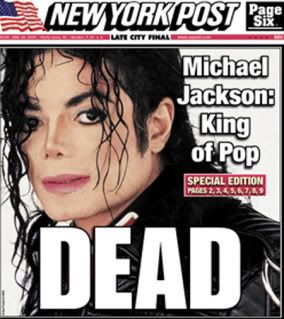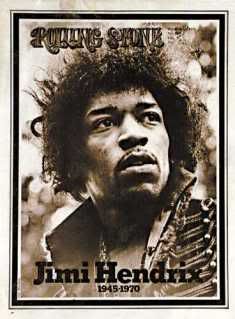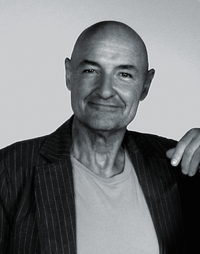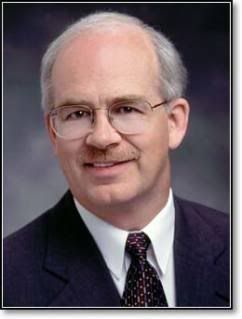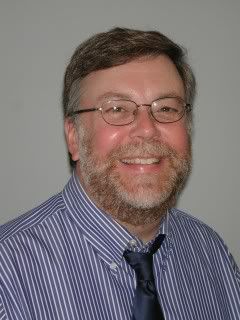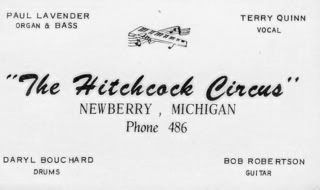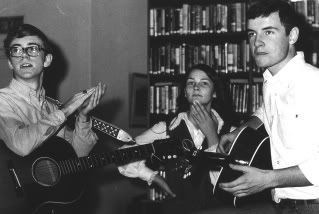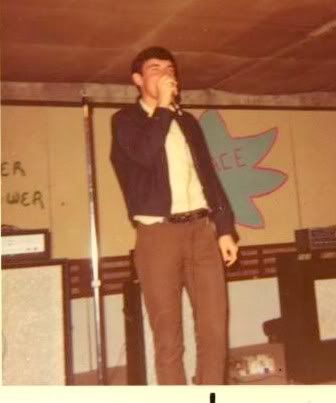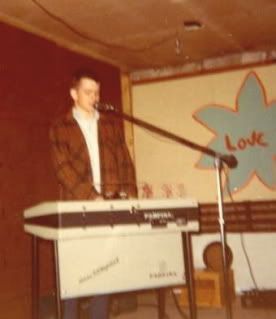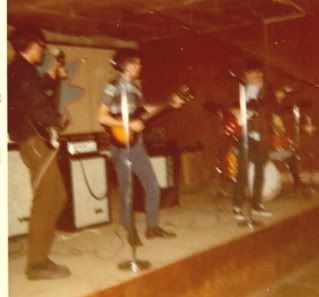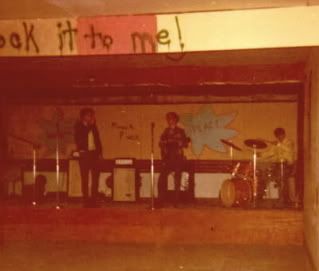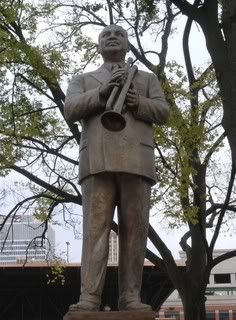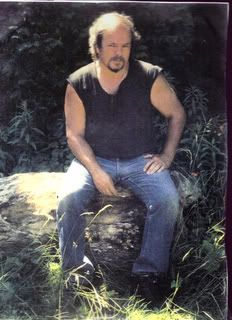
Toronto-born Neil Young is one of the
greatest rock 'n' roll stars to emerge from
Canada.
By STEVE SEYMOUR
Although some Americans may not realize it, Canadian artists have made a significant addition to rock 'n' roll.
Current hitmakers Nickelback hail from north of the border, but Canada's contribution to rock music includes dozens of top acts. The impressive list includes Paul Anka, the Band, the Guess Who, Neil Young, Steppenwolf, BTO, Rush, April Wine, Gordon Lightfoot, Bryan Adams, Alanis Morissette, Avril Lavigne and Theory of a Deadman, among others.
Anka was the first Canadian star to reach the top of the American charts. Born in Ottawa, Anka took "Diana," a song about the family's babysitter, to No. 1 in the summer of 1957. He followed with dozens of hits and remains a popular attraction in Las Vegas. In 1980, Anka was elected to the Canadian Music Hall of Fame.
Born in Arkansas, Canadian transplant Ronnie Hawkins put together the Hawks, which evolved into the Band. The assemblage comprised Robbie Robertson (vocals, guitar), Rick Danko (bass), Richard Manuel (keyboards), Garth Hudson (keyboards) and Levon Helms (vocals, drums). Although Helms was also from Arkansas, the others were Canadians.
Famous for touring with Bob Dylan, the Band may be best known for their single, "Up on Cripple Creek," and album "Music From Big Pink." The influential group was inducted into the Rock And Roll Hall of Fame in 1994.
The Guess Who
The Guess Who, meanwhile, became a hit-making machine, with 21 charting singles to their credit. Based in Winnipeg, an early version of the group first struck with "Shakin' All Over" in 1965. Their streak ended with "Dancin' Fool" in late 1974. In the intervening decade, the Guess Who scored with "These Eyes," Laughing," "No Time," "American Woman" and others.
The quartet had eight significant members over the years as some quit and others joined, but the best-known line-up comprised Randy Bachman (guitar), Burton Cummings (vocals), Jim Kale (bass), and Garry Peterson (drums).
The Guess Who were one of the first Canadian bands to find success without moving from their home country.
Canada native Neil Young, however, met with his greatest achievements after moving to the United States. Born in Toronto, Young moved to Los Angeles in 1966 to form Buffalo Springfield. The group, which also included Stephen Stills, Ritchie Fury, Dewey Martin and Bruce Palmer, recorded the seminal hit "For What It's Worth (Stop, Hey What's That Sound)."
But Young didn't stop there. He went solo and recorded "Cinnamon Girl" with his backing band, Crazy Horse, then joined Crosby, Stills and Nash. CSN&Y owned 1970 with "Woodstock," "Teach Your Children," "Ohio" and "Our House."
As a solo artist, Young reached his peak with "Harvest," the best-selling album in the United States during 1972, and has continued as a relevant performer to this day.
Steppenwolf is another Los Angeles band which traces its history to Canada. Three members, including John Kay, Jerry Edmonton and Goldy McJohn were members of Canadian group Sparrow.
Named after the Herman Hesse novel, Steppenwolf recorded "Born to be Wild," "Magic Carpet Ride," and "Rock Me," among other hits. "Born to be Wild," now a rock anthem, was featured in the 1969 movie "Easy Rider," starring Peter Fonda and Dennis Hopper.
In the mid-1970s, as the Guess Who declined, BTO (Bachman-Turner Overdrive), arrived on the scene. Famous for "Takin' Care of Business" and "You Ain't Seen Nothing Yet," BTO included Randy Bachman, on guitar and vocals. He was a former member of the Guess Who.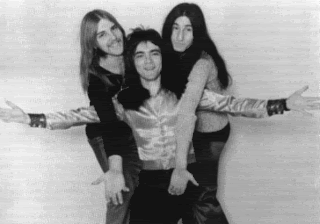
Rush, circa 1974
Rush, another highly successful Canadian rock band, emerged in the late 1970s. Comprised of Geddy Lee (vocals, bass), Alex Lifeson (guitar) and Neil Peart (drums), the hard-rock trio was formed in Toronto. Their biggest songs are "Tom Sawyer" and "New World Man.," both from the early 1980s.
Along with Rush, Canada boasted April Wine, a rock group from Montreal. Popular in the 1980s, April Wine counted "Just Between You and Me" among their hits.
Not all of Canada's exports were groups, however.
Folk singer Gordon Lightfoot can attest to that. Born in Orillia, Ontario, Lightfoot enjoyed his first U. S. hit in 1970 with "If You Could Read My Mind." One of Lightfoot's most memorable tunes, of course, is "Wreck of the Edmund Fitzgerald." The song immortalizes the 1975 shipping tragedy on Lake Superior which claimed 29 lives.
Another notable Canadian artist is Bryan Adams, born in Kingston, Ontario. The singer, songwriter and guitarist enjoyed a string of hits from 1982 to 1997. Adams has 12 Top Ten hits to his credit, including "(Everything I Do) I Do It For You," "Have You Ever Really Loved a Woman" and "All For Love."
Alanis Morissette, meanwhile, dominated the charts when she appeared on the scene. Born in Ottawa, the multi-talented adult alternative singer had five consecutive trips to the Top Ten with "Ironic," "You Learn," "Head Over Feet," "Uninvited" and "Thank U."
Avril Lavigne followed in Morissette's wake. Born in Napanee, Ontario, Lavigne is known for "Complicated," "I'm With You," "Sk8er Boi" and other hits.
LaVigne's contemporaries include Nickelback and Theory of a Deadman.
Formed in Vancouver, Nickelback is comprised of Chad Kroeger (guitar, vocals), brother Mike Kroeger (bass), Ryan Peake (guitar) and Ryan Vikedal (drums). Their first hit, "How You Remind Me," spent four weeks at the top of the charts in 2001.
Even though he was busy with Nickelback, frontman Chad Kroeger signed Theory of a Deadman to his 604 Records. Based in Vancouver, that group is continuing Canada's hit-making tradition.
The Upper Peninsula's proximity to Canada has meant we've always paid attention to our northern neighbor and the music they've been making.
My wife Sue and I have been fortunate enough to see concert performances by Paul Anka, Steppenwolf and Gordon Lightfoot. We also like many more north-of-the-border acts.
It's safe to say that without Canadian artists, our rock 'n' roll experience would be considerably diminished.
